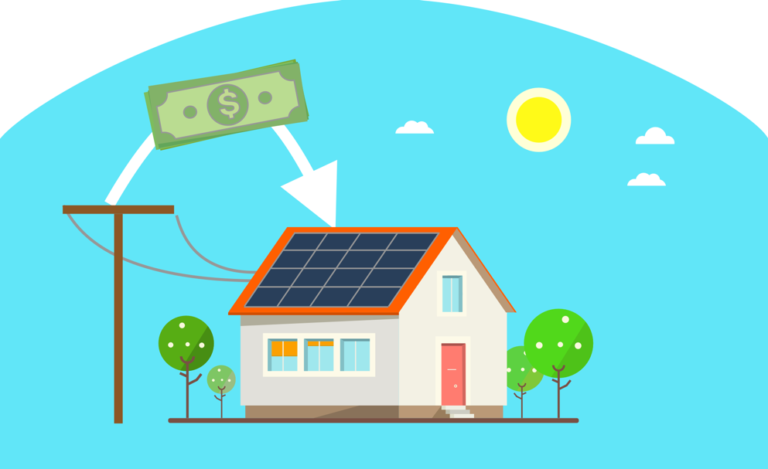Indonesia’s Ministry of Energy and Mineral Resources (MEMR) has recently implemented MEMR Regulation No. 2/2024, discontinuing net metering for rooftop PV installations.
The net metering was initially introduced in November 2018 that permitted solar project owners to export surplus electricity to the grid managed by state utility PT PLN, thereby reducing their electricity expenses. The regulation underwent several enhancements since its inception.
The latest policy revision, effective since Jan. 30, includes a provision ensuring that customers with rooftop solar systems installed before this date remain governed by the previous regulation for the ensuing 10 years.
However, Marlistya Citraningrum, Program Manager at the Institute for Essential Services Reform (IESR) in Jakarta, noted that the 10-year rule extends to approved but uninstalled projects, as well as to already installed arrays.
However, concerns arise regarding the transitional rule’s clarity, particularly regarding the calculation of rooftop PV exports and the impact on current users. The Institute for Essential Services Reform apprehends that the termination of net metering could impede Indonesia’s attainment of its National Strategic Project target of 3.6 GW of rooftop solar and a 23% renewable energy target by 2025.
Fabby Tumiwa, Executive Director of the Institute for Essential Services Reform, opines that without net metering, household and small business customers may delay adopting rooftop PV due to mismatched peak energy generation and consumption times. She further said that net metering incentivizes rooftop solar use, enhancing economic viability, especially for consumers in the R1 category.
As per reports, the reasons behind the regulatory change remain unofficial, financial constraints of PT PLN likely play a significant role. According to the experts like Citraningrum, the termination of net metering will have minimal impact on commercial and industrial-scale PV users and there are hopes that it will encourage energy storage adoption, thereby reducing costs.
Notably, according to data from the International Renewable Energy Agency (IRENA), Indonesia had 291 MW of installed solar capacity by the end of 2022.

